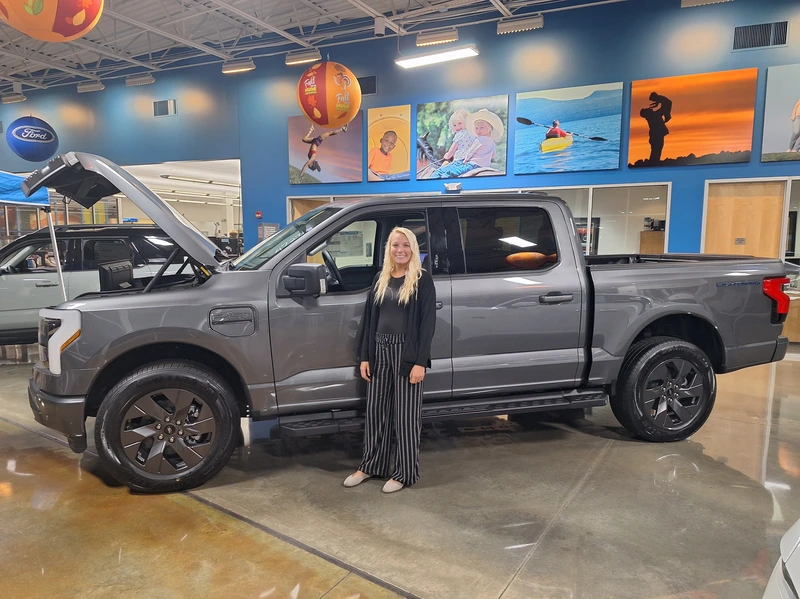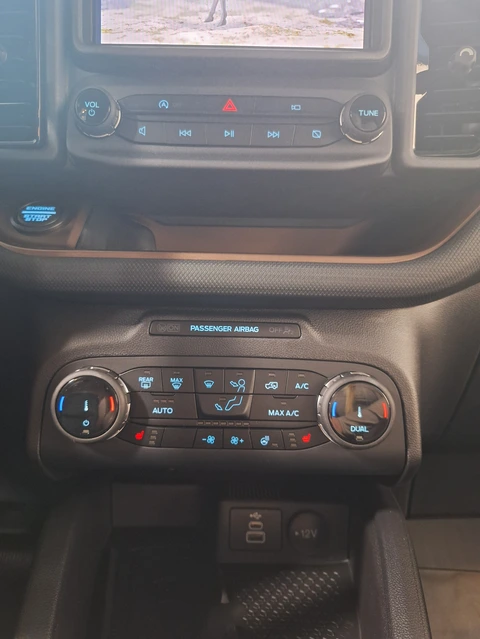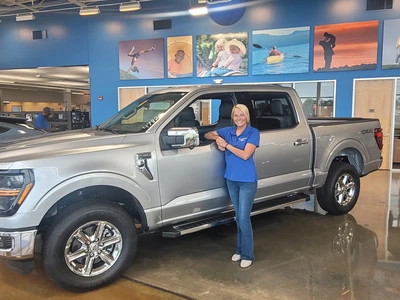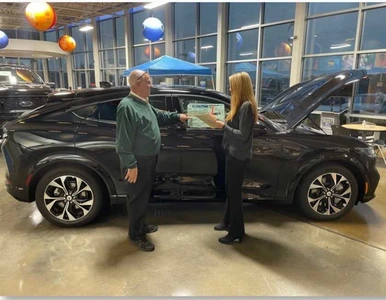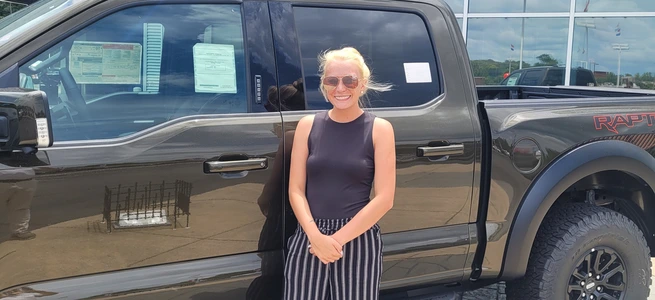Buying a car is an exciting process, but a trip to the dealership can also be overwhelming. With a bit of preparation, however, you can streamline the process, negotiate confidently, and drive away in the vehicle you want. Here’s a comprehensive checklist to help you make the most of your dealership visit, from what to bring to what to know before you go.
1. Research Your Options
Before setting foot in a dealership, spend some time researching the cars that fit your lifestyle and budget. Here’s what to look into:
- Vehicle Type and Features: Determine what kind of vehicle (sedan, SUV, truck) and features (safety tech, infotainment, all-wheel drive) you need.
- Budget: Establish your total budget, considering not only the purchase price but also additional costs like taxes, registration, insurance, and maintenance.
- Reviews and Comparisons: Compare models within your price range and read reviews for insights into each car’s reliability, comfort, and performance.
2. Bring Essential Documents
To make the process smoother, bring the necessary documents for financing, insurance, and identification:
- Driver’s License: You’ll need a valid driver’s license for test drives and to verify your identity if you’re financing the vehicle.
- Proof of Insurance: If you’re trading in or buying a new car, you must show proof of insurance before driving it off the lot. If you’re transferring an existing policy, bring your current insurance information to streamline the process.
- Proof of Income: If you’re financing the car, bring recent pay stubs or bank statements to verify your income.
- Proof of Residency: Lenders often require a utility bill or lease agreement as proof of residence for financing purposes.
- Credit Score Documentation: While dealers can check your credit score, having a recent credit report on hand helps you understand your financing terms and gives you leverage during negotiations.
3. Bring a Trade-In Vehicle (If Applicable)
If you plan to trade in your current vehicle, it’s essential to prepare it for the dealership:
- Trade-In Title and Registration: Ensure you bring the vehicle title if it’s fully paid off or a statement from your lender if you still owe money on it. You’ll also need the current registration.
- Spare Keys and Manuals: To get the best trade-in value, bring any extra keys, fobs, or manuals for the car.
- Trade-In Valuation: Research your car’s trade-in value on websites like Kelley Blue Book or Edmunds. Knowing its worth before going to the dealership will help you negotiate confidently.
4. Understand Fees and Additional Costs
Car buying involves fees beyond the sticker price. Here’s a list of common fees to be aware of:
- Sales Tax: Sales tax varies by state, so factor this into your total budget.
- Documentation Fees: Dealerships charge documentation fees to cover administrative costs. These fees can vary widely, so ask about them upfront.
- Registration and Licensing: These fees are required to legally drive your new car and may differ based on your location.
- Extended Warranties and Extras: Dealerships often offer extended warranties and add-ons like gap insurance. Consider these carefully and decide if they’re worth the additional cost.
5. Take a Thorough Test Drive
A test drive is essential to ensure the car meets your comfort and driving expectations. Here’s what to look for:
- Interior Comfort: Adjust the seats, check visibility, and test the controls. Make sure the car fits you comfortably.
- Performance and Handling: Pay attention to acceleration, braking, and handling. Does it feel responsive and smooth?
- Technology and Features: Test the infotainment system, safety features, and climate controls to ensure they’re user-friendly and meet your expectations.
- Noise Level: Drive at different speeds and listen for excessive road noise or vibrations.
6. Review the Final Paperwork
When it’s time to sign the papers, make sure you carefully review each document:
- Sales Contract: Check that the agreed-upon price, fees, and financing terms are accurately reflected.
- Warranty Details: Verify the warranty coverage, including what’s covered and for how long. Some vehicles come with manufacturer warranties that cover major repairs.
- Loan Terms (If Financing): Ensure the interest rate, monthly payment, and loan term align with what was discussed.
- Vehicle Inspection: Inspect the car for any cosmetic damage or defects. If possible, have a trusted mechanic take a look, especially if you’re buying a used car.
Final Thoughts: Be Prepared for a Smooth Dealership Visit
Buying a new car is a big investment, and being prepared can make the process much easier and more enjoyable. By researching models, organizing your documents, planning your finances, and knowing what to expect at the dealership, you’ll be well-equipped to navigate the car-buying process confidently. Stick to this checklist, and you’ll be driving away in the perfect car for your needs and budget!
Faith Dewitt
(662) 408-2366
Homer Skelton Ford


